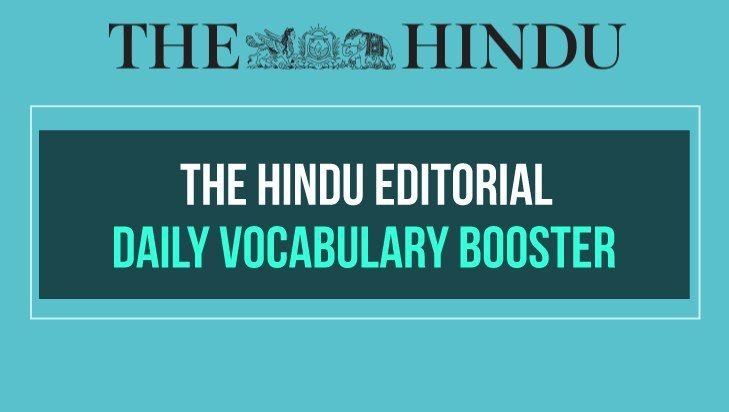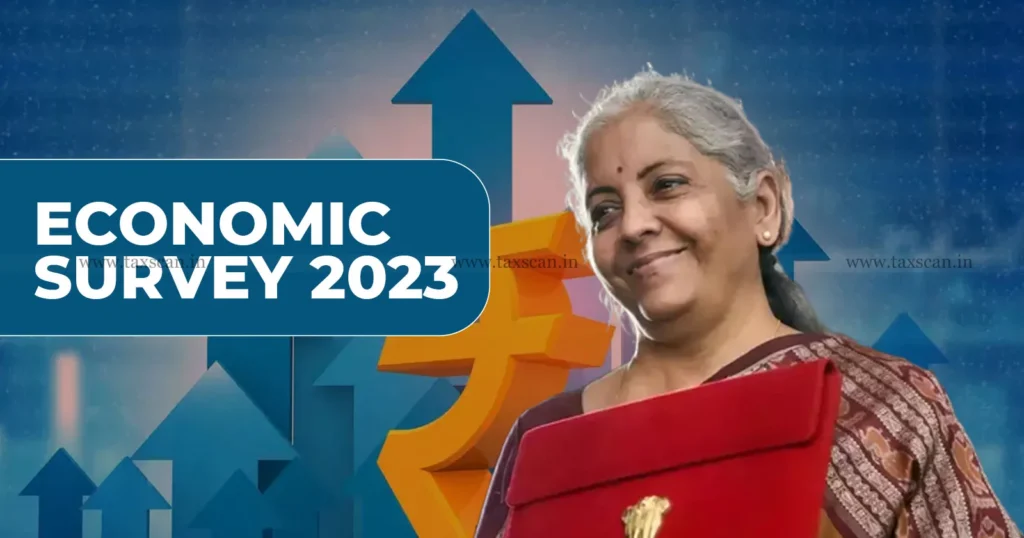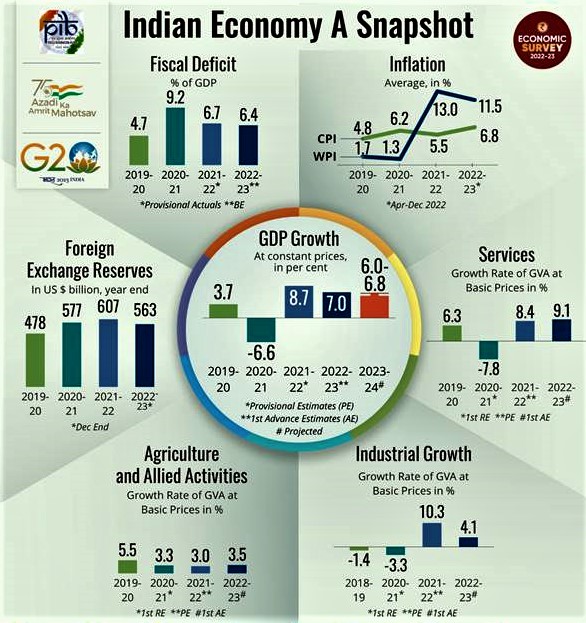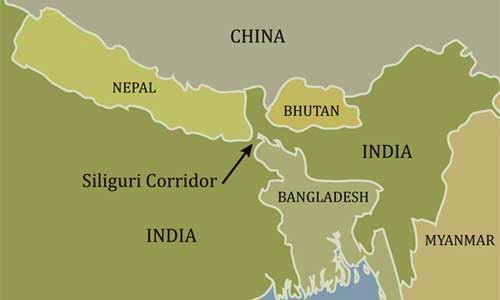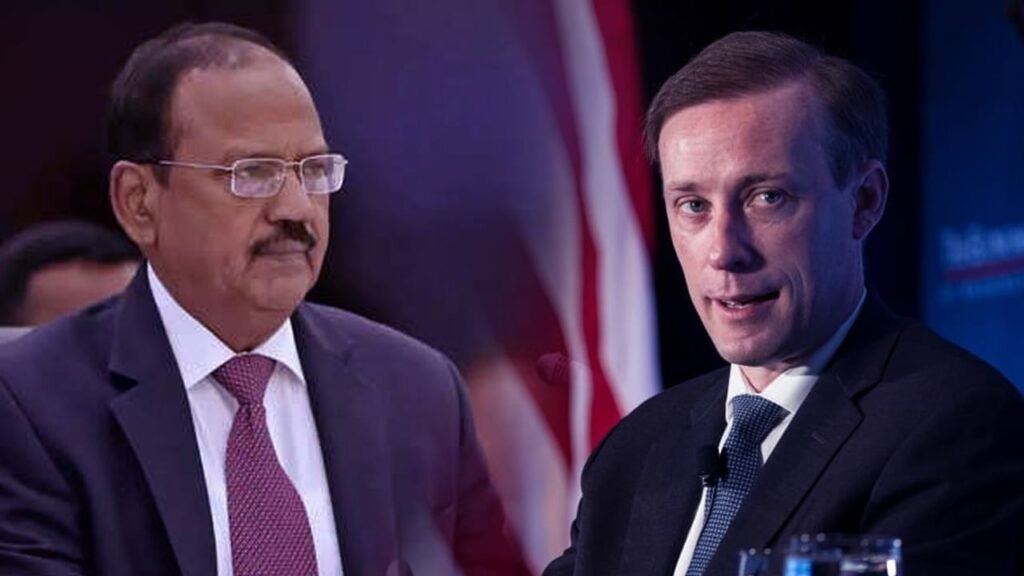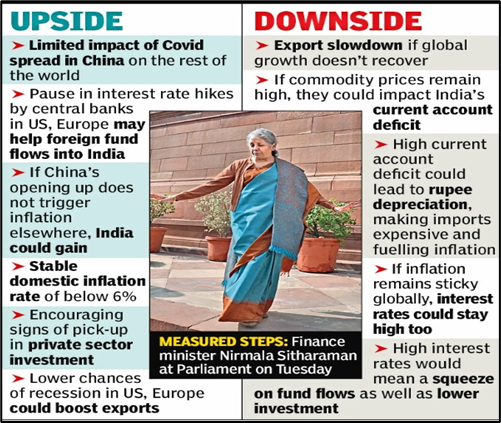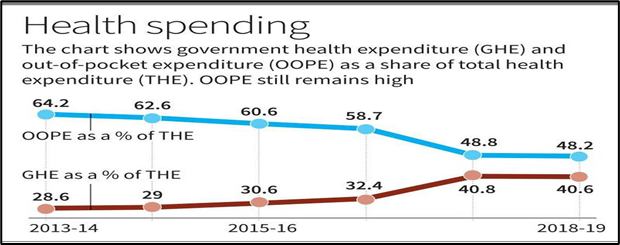
Q.1 Amrita Sher-Gil, who was recently in news is:
A) A painter
B) A Kathak Dancer
C) A social activist
D) None of these
For Explanation : CLICK HERE
Q.2 Turnersuchus hingleyae, which was recently seen in the news, is:
A) An Asteroid
B) A new exoplanet
C) An ancient marine crocodile
D) None of these
For Explanation : CLICK HERE
Q.3 With reference to the Heimang tree, consider the following statements:
- It is mainly found in the Southern part of India.
- The fruits of this tree consist of antioxidant agents.
Which of the statements given above is/are correct?
A) 1 Only
B) 2 Only
C) Both 1 and 2
D) Neither 1 nor 2
For Explanation : CLICK HERE
Q.4 With reference to the Red-headed vulture, consider the following statements:
- It is categorized as a critically endangered species under the IUCN Red List.
- It is only found in the Himalayan Region.
Which of the statements given above is/are correct?
A) 1 Only
B) 2 Only
C) Both 1 and 2
D) Neither 1 nor 2
For Explanation : CLICK HERE
Q.5 With reference to the Yaya Tso Lake, consider the following statements:
- It is located in the Ladhak Region.
- It is a large breeding site for the black-necked crane.
Which of the statements given above is/are correct?
A) 1 Only
B) 2 Only
C) Both 1 and 2
D) Neither 1 nor 2
For Explanation : CLICK HERE
Q.6 With reference to the Economic Survey, consider the following statements:
- It is prepared by the Economics Division of the Department of Economic Affairs in the Finance Ministry.
- The first Economic Survey in India was presented in the year 1991-92.
Which of the statements given above is/are correct?
A)1 only
B) 2 only
C) Both 1 and 2
D) Neither 1 nor 2
For Explanation : CLICK HERE
Q.7 Consider the following statements Tax buoyancy and Tax Elasticity:
- Tax Elasticity refers to the responsiveness of tax revenue growth to changes in GDP.
- Tax buoyancy refers to changes in tax revenue in response to changes in tax rate.
Which of the statements given above is/are correct?
A) 1 only
B) 2 only
C) Both 1 and 2
D) Neither 1 nor 2
For Explanation : CLICK HERE
Q.8. Perseverance rover, recently seen in the news, is a Mars mission of which of the following space agencies?
A) European Space Agency
B) NASA
C) ISRO
D) Canadian Space Agency
For Explanation : CLICK HERE
Q.9 Haifa port, recently seen in the news lies in which of the following country?
A) Iraq
B) Saudi Arabia
C) Israel
D) Somalia
For Explanation : CLICK HERE
Q.10.With reference to the PM CARES Fund, consider the following statements:
- The fund consists of both voluntary contributions and budgetary allocations.
- Prime Minister is the ex-officio Chairman of the PM CARES Fund.
Which of the statements given above is/are correct?
A) 1 only
B) 2 only
C) Both 1 and 2
D) Neither 1 nor 2
For Explanation : CLICK HERE



